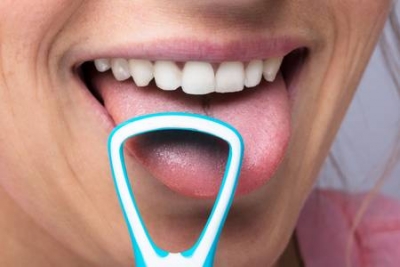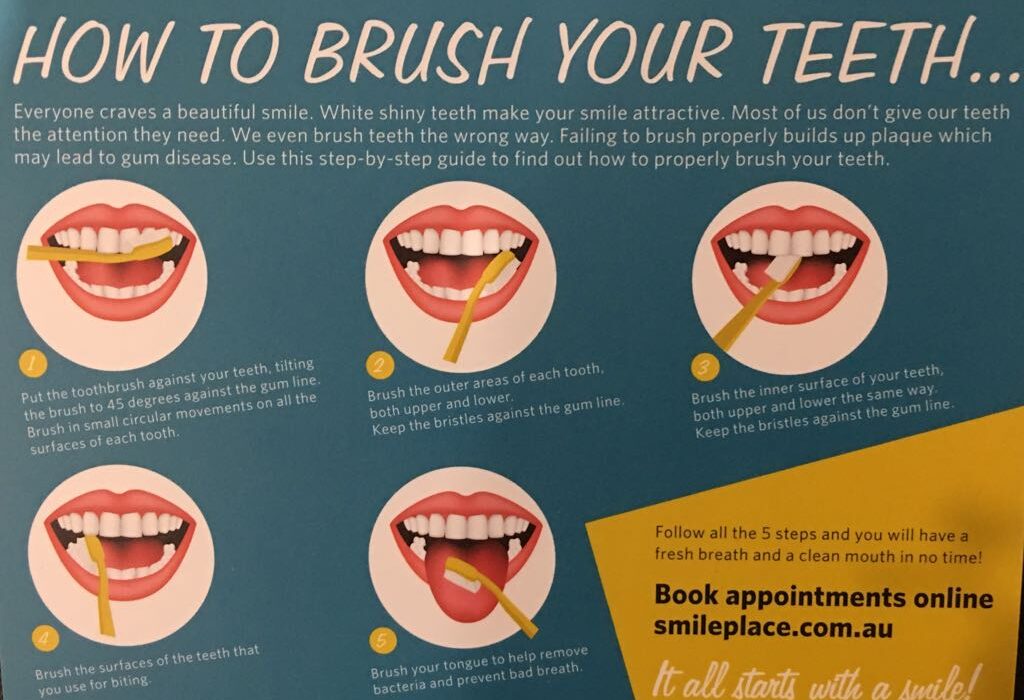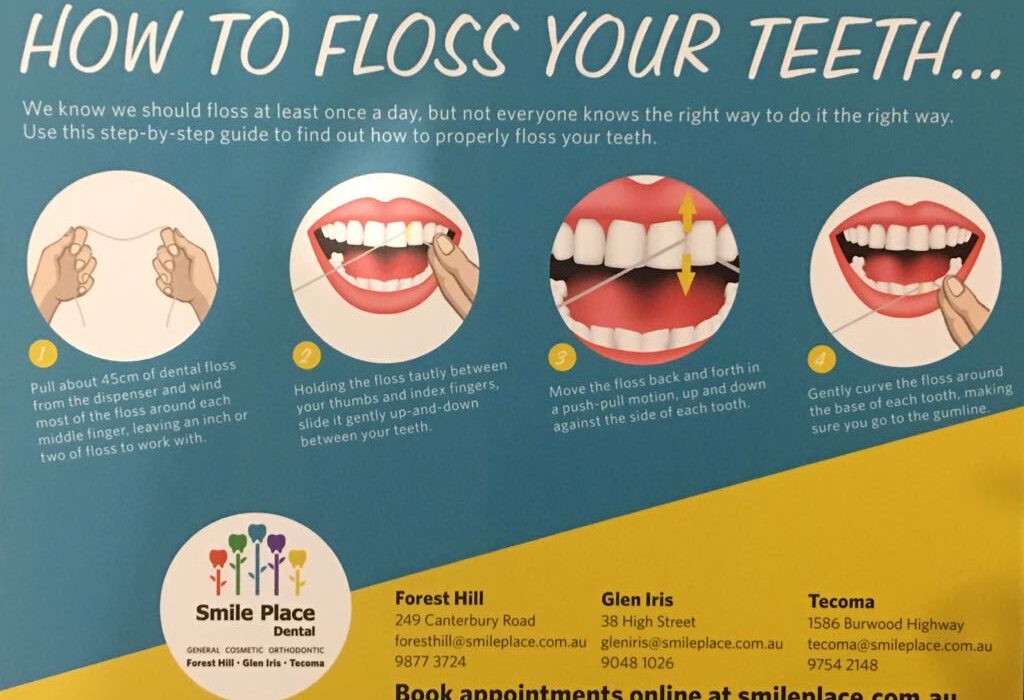
Struggling with bad breath? You’re not alone.
If your teeth are crooked or you’ve been told you need braces or aligners, we have put together the below guide which explains the difference between the two major treatments to straighten your teeth.
If you’re dealing with crooked teeth or have been advised to use braces or teeth aligners, our blog outlines the key differences between these two teeth straightening treatments to help you choose the right option.

While a better-looking smile sounds like an obvious benefit resulting from having straight teeth, it can easily be dismissed as overly superficial. That said, there is more to it than just aesthetics. The main benefits include:

In Melbourne, metal braces are the most traditional method, being both strong and able to treat extreme cases. Metal brackets and wires are used to gradually shift crooked teeth into proper alignment.
Ceramic braces allow for a more subtle solution, using brackets that blend with your tooth colour. This makes them less visible than metal braces while being just as efficient.
Lingual braces, on the other hand, aim to be invisible. The braces are fixed at the back of your teeth, hidden from view when you smile. They provide the same corrective benefits as traditional braces, only with a more subtle look.
Another popular choice is clear aligners, also sometimes called invisible braces. Invisalign or ClearCorrect are less painful than traditional braces. Not just aesthetically pleasing, this method allows you the freedom to take out the aligners for eating and improves oral hygiene better than wearing braces.
Braces
Braces are fixed in a position that tightens the teeth with wires. Over time, the orthodontist tightens the wire to provide pressure and slowly moves teeth into place as prescribed. The dental brace fixes all of the misalignment and bite imperfections in a variety of ways.
Teeth Aligners
If you’ve heard of Invisalign and its equivalent, ClearCorrect, these are clear aligners to straighten your teeth over time. Both are custom-made from clear, smooth plastic and fit tightly over your teeth. They are both removable so you can eat without worrying about food getting stuck under the aligners.
This brand uses a sequence of clear aligners to slowly place your teeth in an optimal position. These aligners are changed every two weeks. Invisalign aligners are recognised for their precise planning, digital treatment setup, and individualised treatment options.
Its functions are similar to Invisalign, with custom-made aligners designed to move teeth incrementally. However, ClearCorrect often offers different pricing options and a slightly different aligner material compared to Invisalign.

Traditional braces and clear aligners are both effective for teeth alignment, with braces being more suitable for severe cases and offering a lower upfront cost, while aligners are more discreet and convenient but require discipline to use consistently. The choice depends on individual dental needs and preferences.
Here’s a quick glance of the pros and cons:
| Teeth Straightening Options | ||
|---|---|---|
| Options | Pros | Cons |
| Traditional Braces | ● Effective for serious alignment and bite issues ● Function 24 hours a day as they are fixed into teeth ● No need to remove for eating ● Typically more affordable with a lower upfront cost |
● More frequent dental visits required ● Fixed, cannot be removed ● Visible metal brackets and wires ● Potential discomfort and irritation to the gums |
| Clear Aligners (Invisalign & ClearCorrect) | ● Subtle and unobtrusive, made from clear plastic ● Removable for easier oral hygiene maintenance ● Tailored to fit individual teeth ● Fewer dental visits needed |
● Not suitable for severe alignment issues ● Need to be removed before eating ● Can be more expensive than traditional braces ● Requires discipline to wear them for the required number of hours daily |
Teeth aligners are generally better in terms of visibility.
Made from clear plastic, they are virtually invisible, making them a popular choice for individuals seeking a discreet orthodontic solution. Traditional braces, with their metal brackets and wires, are more noticeable and can be a concern for those who prefer a less conspicuous treatment.
Teeth aligners are typically more comfortable than traditional braces.
They are custom-made from smooth plastic and fit snugly over your teeth without causing irritation. Braces, on the other hand, can cause discomfort due to the brackets and wires, which may irritate the gums and cheeks, especially after adjustments.
Teeth aligners offer a significant advantage in terms of hygiene.
Since they are removable, you can easily take them out to brush and floss, which helps maintain good oral health. Braces are fixed appliances, making it more challenging to clean around the brackets and wires, which can sometimes lead to plaque buildup and increased risk of tooth decay.
Teeth aligners are more convenient without diet restrictions.
They can be removed for eating and drinking, allowing for a normal diet without restrictions. Braces, being fixed, require patients to avoid certain foods and may involve more frequent visits for adjustments. Aligners generally require fewer dental visits, making them a more flexible option for those with busy schedules.
Choosing between braces and aligners depends on personal preferences and specific orthodontic needs. Both methods are effective for teeth straightening, but aligners offer additional benefits in terms of aesthetics, comfort, and convenience.
However, braces are a cost-effective solution for complex orthodontic cases.
Traditional braces are generally more affordable than clear aligners due to its use of standard materials like metal brackets and wires, which are less costly to produce compared to the custom-made, clear plastic trays used in aligners.
Additionally, braces do not require the same level of customisation and frequent replacements, further reducing the overall cost. As a result, they often provide a lower upfront cost, making them a cost-effective option for many patients. Traditional braces are also better suited for complex orthodontic cases, such as significant misalignments, severe bite issues, or rotated teeth, where clear aligners may not be effective. Orthodontists typically recommend braces for these challenging cases to achieve the best results.
Conclusion
Clear aligners are discreet, comfortable, and easy to maintain, making them ideal for those seeking a flexible orthodontic treatment. However, traditional braces are often more affordable and better suited for complex cases like severe misalignments.
If you’re considering orthodontic treatments in Melbourne, it may be time to speak to a professional to find out what’s best for you. Our Smile Place dentists are more than happy to support you as you take the next step to a brighter smile.
Author Summary – Dr Chitra Rao

Dr. Chitra Rao has over a decade of experience in dentistry, specifically in the field of cosmetic and orthodontic treatments. Dedicated to achieving optimal results, she takes a detailed and personalised approach to creating beautiful, confident smiles for her patients. Outside of dentistry, Dr. Chitra enjoys staying active, traveling, and spending time with her family.

Struggling with bad breath? You’re not alone.

Keep it clean, keep it bright with these simple tips.

Do you brush twice a day, use a mouthwash, and still struggle with bad breath or surprise cavities? If so, the problem may be caused by inconsistent flossing. Most people skip flossing and those who do floss, often don’t do it right, leaving behind plaque and food debris. The good news? Flossing properly takes just […]